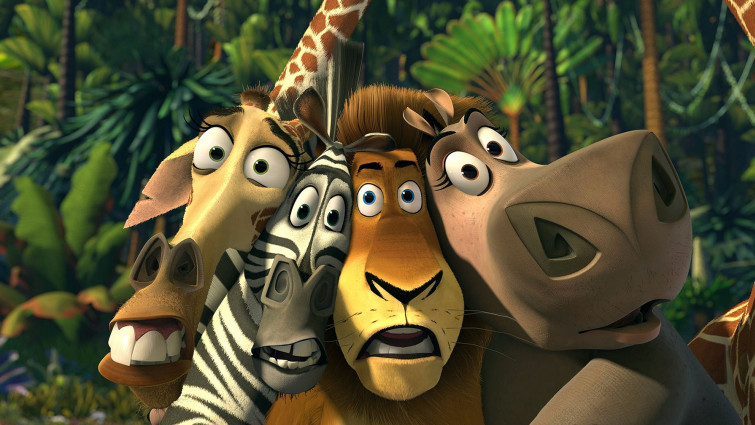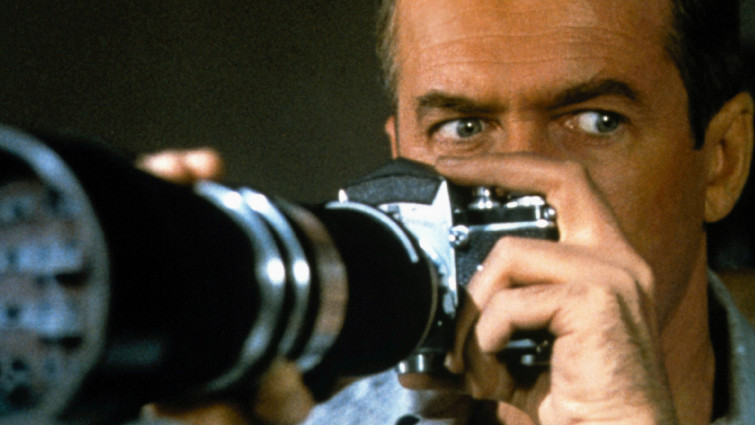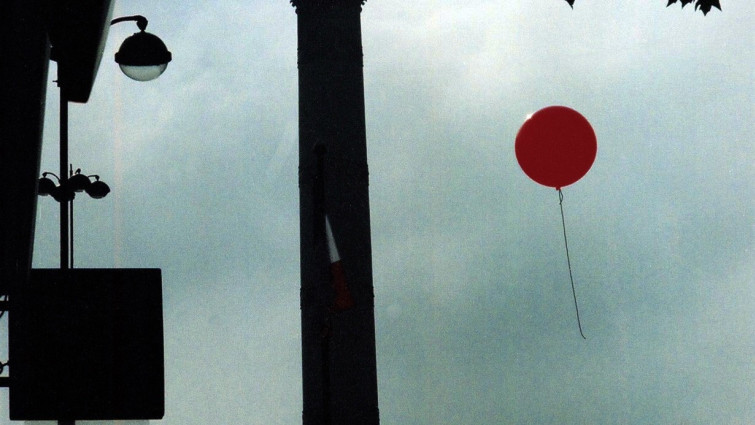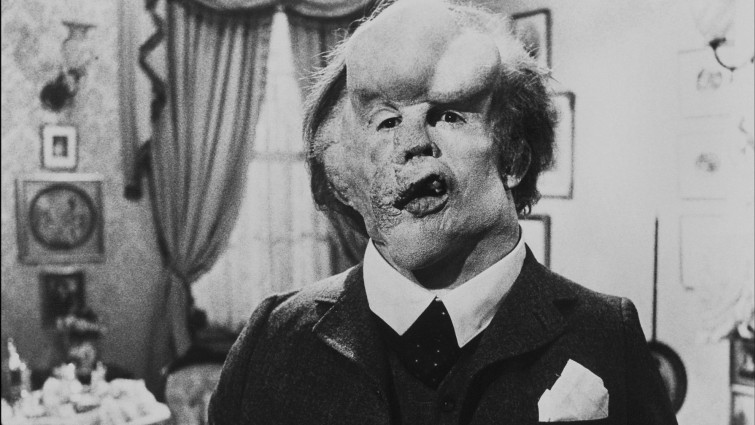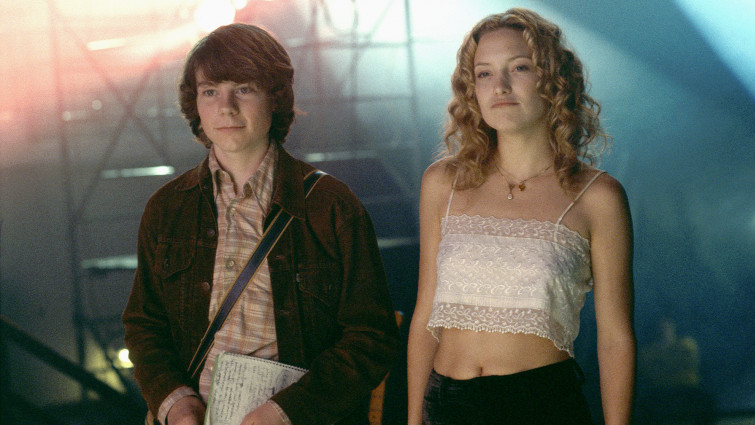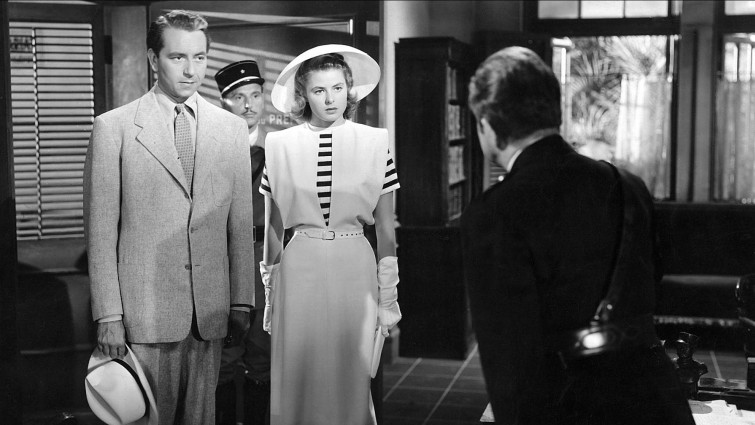Psycho(1960)
The most famous, and possibly the most tense, of the films of suspense master Hitchcock, in which a woman is stuck in a remote hotel in a storm.
PACE – Psycho is perhaps best remembered for its iconic shower scene, in which Hitchcock offloaded the star of the film in brutal fashion, much to audience’s shock. The power of the scene lies in the speed of its editing: a dizzying combination of fast cuts which add to the disorienting effect on the audience and the film’s unique terror (00:44:30-00:46:35).
Read more















